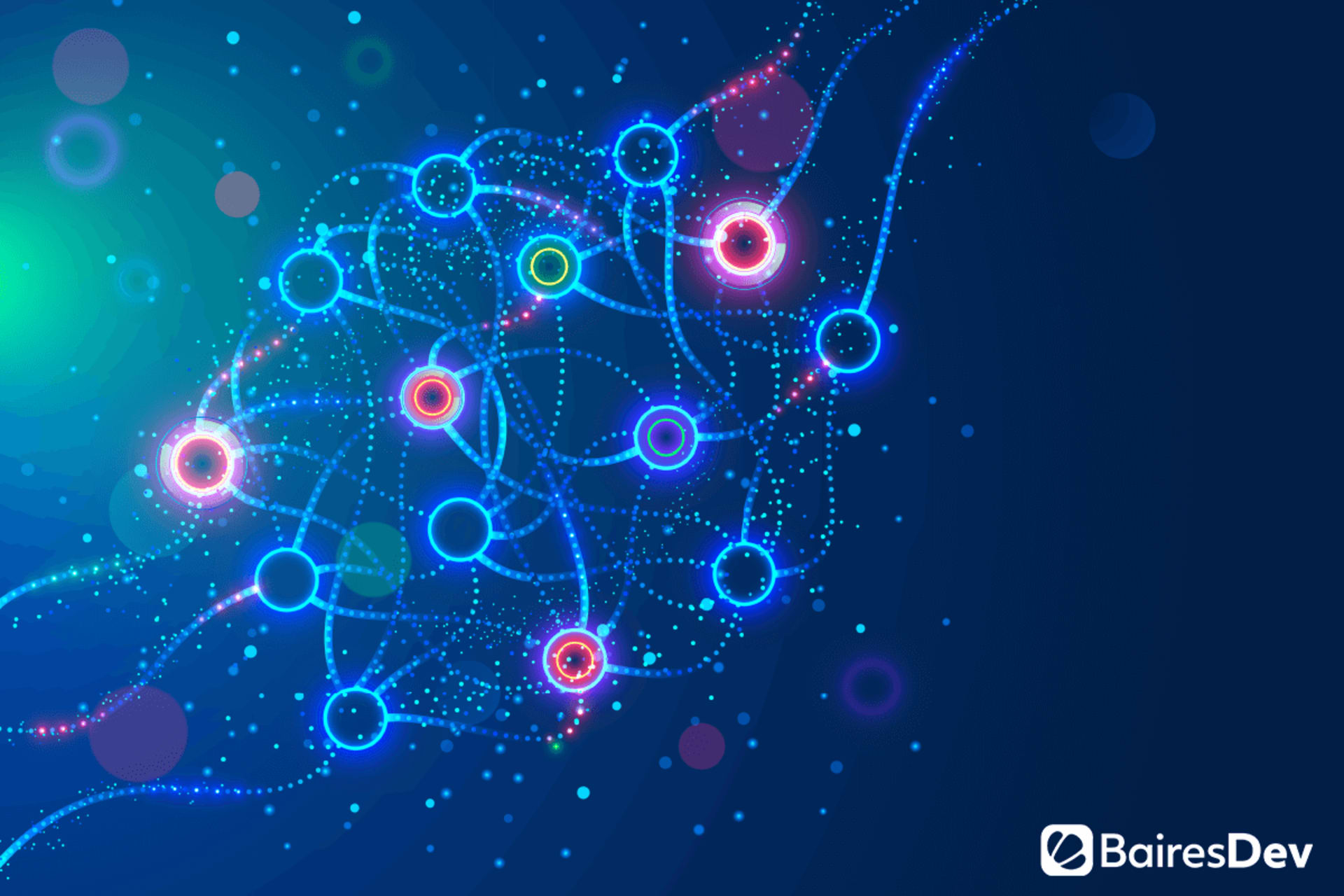Less than a year ago, we said that edge computing was the future of cloud computing. The reasoning was fairly simple: cloud computing relies on resource centralization, and the cloud providers had already centralized pretty much every resource they could. Without space, the only way to add more computing power is by moving to the edge. And you know what? That’s already happening.
The edge computing market is estimated to reach $1.12 trillion by 2023, which comes to show the number of expectations surrounding this technology. It makes sense. With more data piling up with each passing minute, the need for data storage and processing is exploding and the only way we can answer that call is by using edge computing. That will feel even more true after the imminent deployment of 5G on a global scale.
In such a context, the unstoppable rise of artificial intelligence (AI) will also be felt in edge computing. In fact, edge AI might become a standard in the future thanks to a couple of advantages regarding privacy, security, and speed. Let’s see what it all means and why that is a natural shift for a device-driven future.
What is Edge AI, Anyway?
To understand what we mean with edge AI, you have to understand what that “edge” means, which is easily done when you comprehend what edge computing means. Let’s say that you’re using a cloud-based graphics editor in your home office. Though you’re using your computer, your browser, and your internet connection, all of the graphic processing is happening on a central server where the editor is hosted.
That server (and many like it) form a core of sorts, where data gathered elsewhere is processed to provide certain outcomes. Now, a lot of our modern devices and tools work in that way, from our smartphones to self-driving cars. All of that interconnected system could be seen as a circle, where devices send their data to the core for their processing and await for a response. Those devices would be at the edge of the system.
This is the model used today by cloud computing, where a handful of big companies provide the necessary infrastructure to process troves of data from all kinds of sources. However, the model is quickly becoming stale. There’s a couple of reasons for that. One of the most important ones is related to privacy and security. Sending data back and forth opens up the possibility for malicious actors to intercept and steal sensitive information. Besides, since data is stored in central servers owned by companies, the model can be seen as some sort of violation of privacy, as users don’t truly own their information.
That explains why so many people are advocating for the edge computing model. In it, the processing isn’t done in a central server but rather is carried out locally in the device itself. In other words, the devices are the ones in charge of processing the data and only connect with the central servers when needed.
If that sounds like what we used to do in the pre-internet times, it’s because it kind of is. The main difference? AI. By embedding intelligent algorithms into the devices themselves, their ability to process data will be greatly enhanced and they’ll be able to analyze data in more complex forms. That’s what edge AI is all about.
Think of a smart thermostat, for example. If it relied on a central server to work, it’d be useless if the servers went down or if they lost the internet connection. But if it were equipped with edge AI algorithms, it’d be able to keep working as usual even without a connection. It’d be able to adjust temperatures smartly and keep gathering information about your uses and preferences. Once the connection is reestablished, the thermostat would be able to send the information to the manufacturer for analysis, all without disrupting its normal performance.
That’s a simple example of how edge AI works. In reality, artificial intelligence put on the edge could be paramount for other reasons.
The need for Edge AI
Now, consider a self-driving car that’s taking you to your office. It’s driving you without a problem when suddenly, another car gets in your way. If the car had to send the information to a central server for processing and wait for a response to act, then it would lose some valuable time that could make a huge difference for you. Even if emergency response is already included in the car’s software, having a local AI would provide it with a faster and more accurate response, given that it would take all of the contextual details into consideration to make a decision.
Thus, the level of sophistication and personalization we’ve come to expect from our tools and devices would be vastly improved. It’s not just a matter of speed, though. Privacy and security would also be benefitted by Edge AI, as the number of connections between an edge device and the central server would be significantly lowered – and the data could be stored locally.
Today’s central cloud computing is great in terms of scalability but it can become unmanageable in the near future. How so? Because the increasing volume of data (which will be multiplied by the boom of 5G devices and the Internet of Things) will make it hard (and expensive) to make the necessary connections in time. Network latency, that is, the delay before a transfer of data begins following an instruction for its transfer, shouldn’t be a factor in real-case scenarios where fast processing can be of importance.
Software engineers, machine learning engineers, data scientists, IoT developers, and other technologists are already seeing edge AI as an unavoidable part of the products they’ll be creating in the near future. This implies a major shift in the development process, as they’ll have to adopt a more user-driven approach in their work. It can all lead towards a more user-centric world, where devices intended to serve people in real-life situations are more adapted to their own specific contexts.
A Matter of Time
In times where the COVID-19 crisis is forcing us to come up with new solutions and approaches to how we do things, Edge AI feels like an excellent path to explore and adopt in the coming years. If we already lived in a world where Edge AI was a standard technology, the healthcare and security sectors would already be benefiting off it when fighting the pandemic in tasks as varied as social distancing monitoring, disease spread tracking, and general treatment.
Of course, there’s no use crying over spilled milk. What we can do, though, is see Edge AI as the beneficial concept it is and start imagining how we can implement it across our daily activities through the devices we’re developing today. Even when it feels like the arrival of Edge AI is just a matter of time, we owe it to ourselves to figure out the user-centric applications that can ensure the privacy, security, and speed that feel inherent to such an approach.
If you enjoyed this, be sure to check out our other AI articles.






